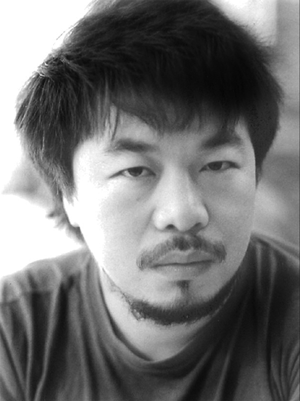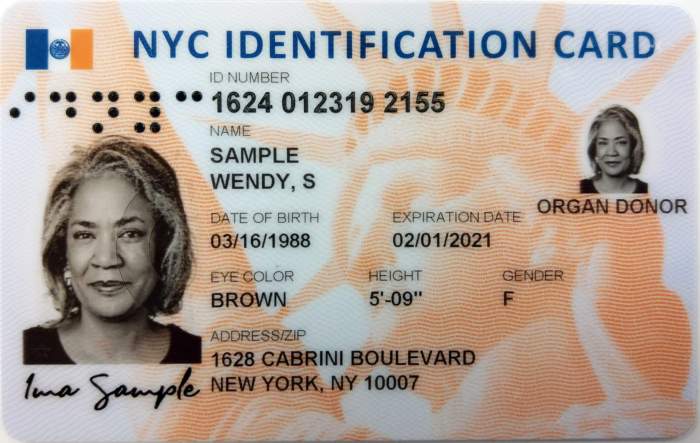
BY CLAYTON PATTERSON | After watching the Ai Weiwei documentary, “Ai Weiwei: Never Sorry,” I was somewhat surprised by the parallel between his journey and my own.
Elsa and I moved to the Lower East Side in 1979 when the city was still a down-and-dirty place. In 1981 I had an art career moving forward in then-fashionable Soho, but I did not fit into that world. I dropped out of chasing the art career. My aesthetic compass pulled me toward the obscure, the outsider, the misfit, the underground and the working class. Instead of Warhol I connected with Boris Lurie and NO!art. Instead of Ginsberg, Lionel Ziprin captured my soul. At first glance Weiwei and I are complete opposites.
In 1981 Ai Weiwei left Beijing and moved to the Lower East Side and stayed until 1993. Like most creative people, he recognized New York City as the art mecca and came looking to work on his art career. It seems his goal was to center himself in the elitist inner circle of the art world establishment and to be connected to the art stars, like Warhol and Allen Ginsberg. He was already quite well established as a Chinese artist and had a number of prestigious shows in both China and America under his belt.
My life as a political activist started a day or so after Aug. 7, 1988. The local community board had decided to enforce a 1 a.m. curfew on Tompkins Square Park. On July 31 local activists held a protest to keep the park open. The cops and the protestors clashed. The protestors did better than the cops and the park stayed open. The cops regrouped and spent the next week preparing to come back to teach the protestors a lesson. The objective was not to enforce the curfew. A deal had been made with the homeless. They could remain in the park if they stayed away from the protest and out of the front section of the park. The target was the protesters. The end result was not what the cops wanted or expected. That night changed the direction of my life.
The reason I was at the park was to document the protest with my low-light Panasonic AG155 video camera. I had become quite good at using this new technology. This new commercial video camera freed up the user from the burdens of the professional camera. The professionals used a heavy industrial camera, which needed an external microphone and light-source person. This light camera gave me the same freedom of movement as the protestors. When community leaders met with the police brass to try and resolve the conflict, nobody thought about this guy with this amateur plastic camera. That night, with my little video camera, I captured 3 hours and 33 minutes of police mayhem, which led to six cops criminally indicted, a chief retired, a captain moved out of the precinct, cops fired, my arrest and the night being classified as a police riot.
This night was the beginning of several years of protests, numerous riots and conflicts between the police and the antigentrification protesters. The year 1992 was the turning point.
The handheld video camera had never been used in this way before. I learned to use the camera as a powerful political tool. It was now possible, in a very upfront and in-your-face way, to confront authority when I thought they were wrong and a way to capture the madness of the moment. And the statement I made on the Oprah show, “Little Brother Is Watching Big Brother,” pretty much sums up how powerful I thought this new technology was.
The tapes had other activist uses as well. First of these was to get the images to the public — TV, community media. Today we have the Internet. Dealing with police misconduct on a legal level there are three ways to confront the problem at hand. The lowest level is to make a complaint to the C.C.R.B. (Civilian Complaint Review Board). Not that the C.C.R.B. will do anything, but you are making a record. Next there is the criminal court case, and then later the civil court. Over the years many of my videotapes were effectively used in numerous C.C.R.B. complaints, court cases and lawsuits against the city. A more rare occurrence was a tape used in a departmental police trial.
Of course I paid a price for my activism. I was arrested numerous times, and spent more than 20 years dealing with different court cases.
I knew Ai Weiwei as another community photographer documenting the chaos of this period. It wasn’t until his show at the Tate Museum, though, that I learned that he was there the night of the police riot. I got an e-mail from the BBC saying they were doing a documentary on Weiwei and requesting some footage from that infamous night. I sent them material. It turns out that Ai Weiwei was photographing some of the same incidents, at the same place, and at the time, as I was videotaping. This opened up a door of communication.
I mentioned “Captured,” the documentary film about me, to him and he asked if I would I send him a copy, which I did. He said he would get it translated into Mandarin.
Some of my communication with his assistant:
Hi Clayton,
We received the dvd. Weiwei will watch it and find someone to do the translation.
Best,
E-Shyh
I was invited to visit him in Beijing:
Hi Clayton,
When do you think you would come?
E-Shyh
I was excited that “Captured” was going to be translated into Mandarin, and I was considering going to visit him in China. Then things changed. I was at the airport on my way to Austria. At the newsstand there on the front page of the Financial Times was a photograph of Weiwei, and the headline stated that he had been arrested.
Next communication:
Dear Clayton,
Thank you for your e-mail. WW is doing well. He is at home but unable to leave Beijing for up to one year and restricted from using the internet and to give interviews. He told me to tell you that the DVD is now missing and asks if you can send another. It would be great if you can send a digital copy of that photo. We just got our computers and archives back from the police. There were a few photos of you in WW’s archives that we can share with you but it will take a while to locate it in the archives again.
Best,
E-Shyh
I sent him another DVD, which he eventually got. I never got any photos from him, and communication became difficult.
There is one particular photograph I would like to have gotten from him. He took a shot of me coming out of a court case. Since a person is not allowed to take any kind of protest material into the court building I had written “DUMP KOCH” on my palms. He took a picture and got it into The New York Times.
Watching the movie on Ai Weiwei I was surprised and pleased at how much he had learned about the use and the power of the handheld video camera. He understood the statement “Little Brother Is Watching Big Brother” and took it to heart. Then he followed the same path — get the images into the public domain, make a complaint to the authorities, use the video as evidence in a criminal case, showing what really happened — make a lawsuit. And of course he now is facing the same problems I faced. China or America, the same problem with authority — lies and denials. Videotape exposes the lies and denials.
The major difference between his struggle and mine is that he is recognized as a world-renowned artist. I am a figure on the Lower East Side. New York City is no longer the art mecca and I am still here. He captured New York City going down as the art capital and is riding the wave as Beijing is rising to become the new mecca. He is a very smart man. And it is an honor to have associated with him.

















